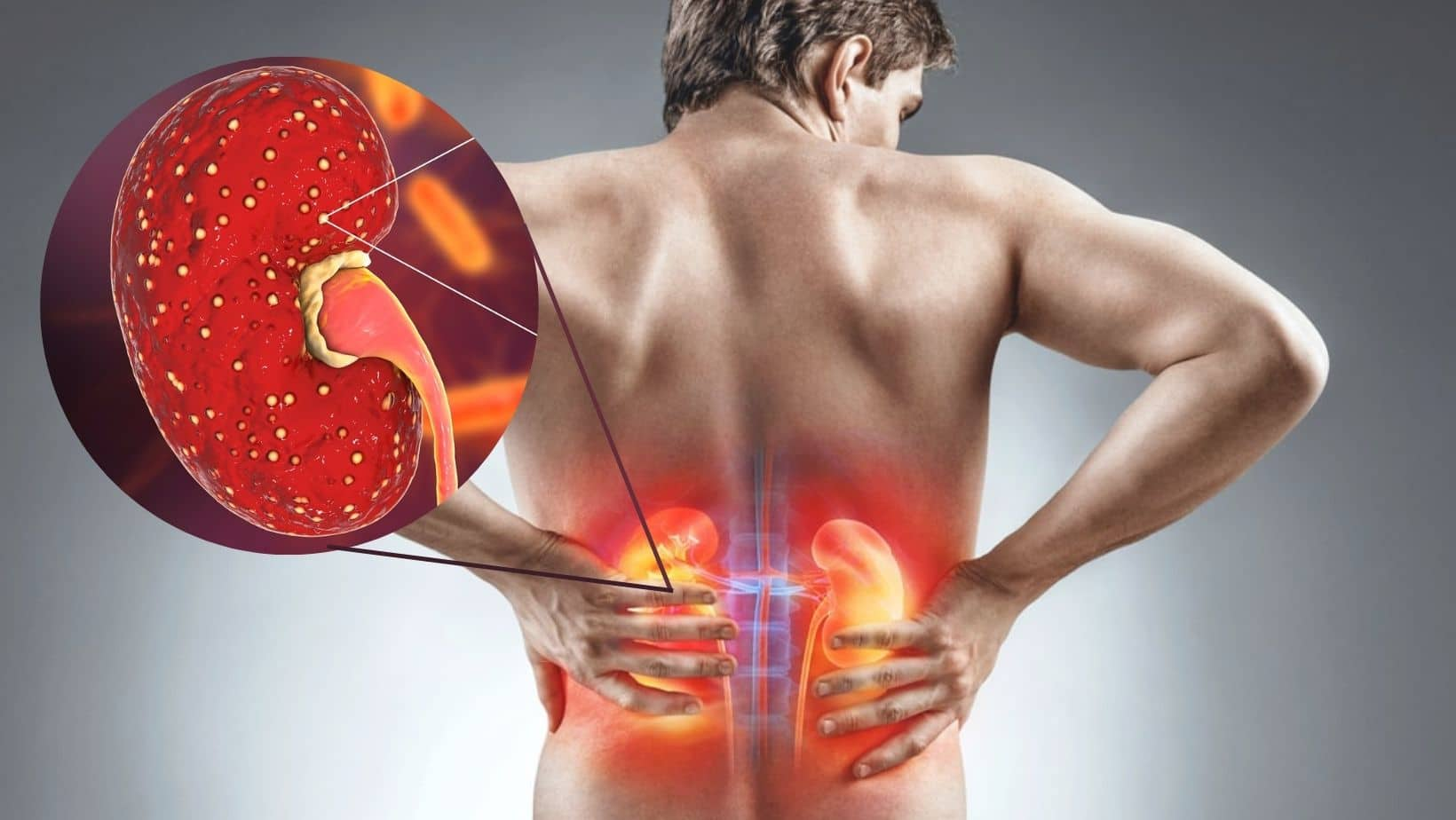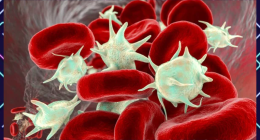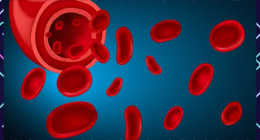When To Do A Biopsy For The Prostate? Early prostate cancer detection includes detecting both slow-growing and aggressive or fast-growing prostate cancer.
We have Prostate cancer cases of about 34,500 in India each year. It is the 12th most common cause of cancer in our country and forms 2.6% of all cancers. About 50% of all Prostate cancer patients die in developing countries of the disease. It’s the sixth most common cause of cancer amongst men globally. Prostate cancer is a spectrum of conditions; not all men diagnosed with prostate cancer require treatment.
Prostate Cancer: Early Detection
Early prostate cancer detection includes detecting both slow-growing and aggressive or fast-growing prostate cancer. The challenge is to minimise the over-treatment of indolent cancers by biological characterisation. On the other hand, identification and selective treatment of aggressive cancers should significantly decrease morbidity and mortality while limiting adverse effects on quality of life. Therefore, the screening guidelines focus on appropriate counselling of the pros and cons before putting the patient on an early detection program.
At this juncture, there is yet to be a clear consensus on when to start or stop screening and at what intervals to conduct screening or biopsy. However, regular screening is recommended early for the highest-risk subset of cases. The baseline evaluation of a patient includes- history and physical examination.
- The history primarily focuses on the family history of first-degree relatives or second-degree relatives.
- Personal history of another cancer or a high-risk germline mutation, including BRCA or HOXB 13 mutation.
- African ancestry has a higher risk of prostate cancer in the young population.
- Medications like finasteride or dutasteride are known to decrease PSA by approximately 50%, so PSA values need correction.
Age Considerations
Testing beyond 75 years of age is generally not recommended. For high-risk individuals, PSA Screening and DRE start at 40 and are done annually. The screening period for an average-risk patient aged 45 to 75 years.
[embedded content]
So When To Do A Biopsy? Explains Dr Niti Krishna Raizada
- A biopsy is done when PSA is greater than three ng per ML, along with a suspicious DRE. Then, further evaluation with a multi-parametric MRI and a biopsy is indicated. Typically a trans-rectal ultrasound-guided biopsy is done.
- Biopsy results could be either cancer or intraductal carcinoma without invasion. In addition, there could be atypia suspicious of cancer, high-grade prostatic intraepithelial neoplasia (PIN), or it could be benign. Based on these results, treatment is planned.
Dr Niti Shares A Few things about PSA
PSA is a Glyco protein secreted by prostate cells. It is not a cancer-specific marker. A total PSA more significant than ten ng per ML has a 67% likelihood of being diagnosed as cancer on biopsy. PSA between 4 and 10, there is a 20% likelihood of prostate biopsy being positive. But PSA is also increased due to infection, instrumentation like cystoscopy, TURP, or trauma. Certain drugs like finasteride or dutasteride can reduce the value of PSA. Also, ketoconazole or certain herbal medicines can reduce the value. It is mandatory to discuss the pros and cons with the patient before advising serum PSA.
- There is a concept of stage migration, and early PSA assessment can increase longevity due to early cancer diagnosis.
- PSAV is PSA velocity measured over three different values in 18 months.
- Unbound or free PSA (fPSA) as a ratio of total PSA is also an approved method.
- DRE, as a stand-alone test, has limited value.
Conclusion
So, in summary, the basic principle is to use methods of early detection based on comprehensive physical examination and the individual’s history. General health, comorbidities, life expectancy and patient preferences always have to be kept in mind while using a detection program. | When To Do A Biopsy For The Prostate | Home








